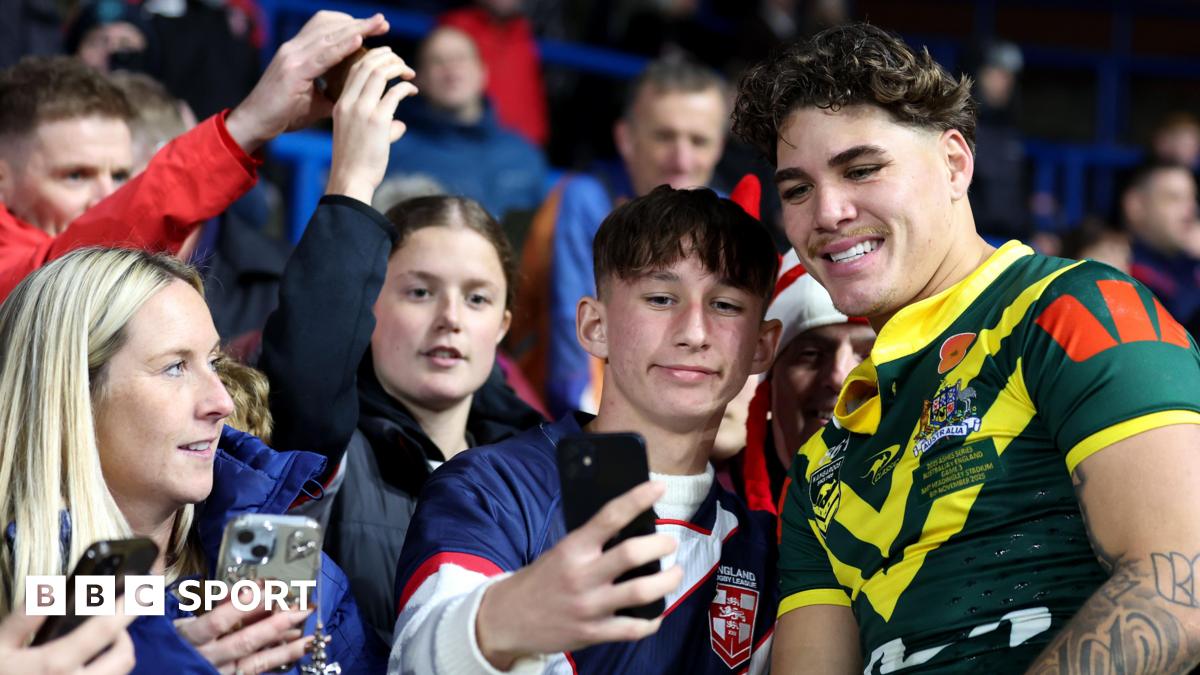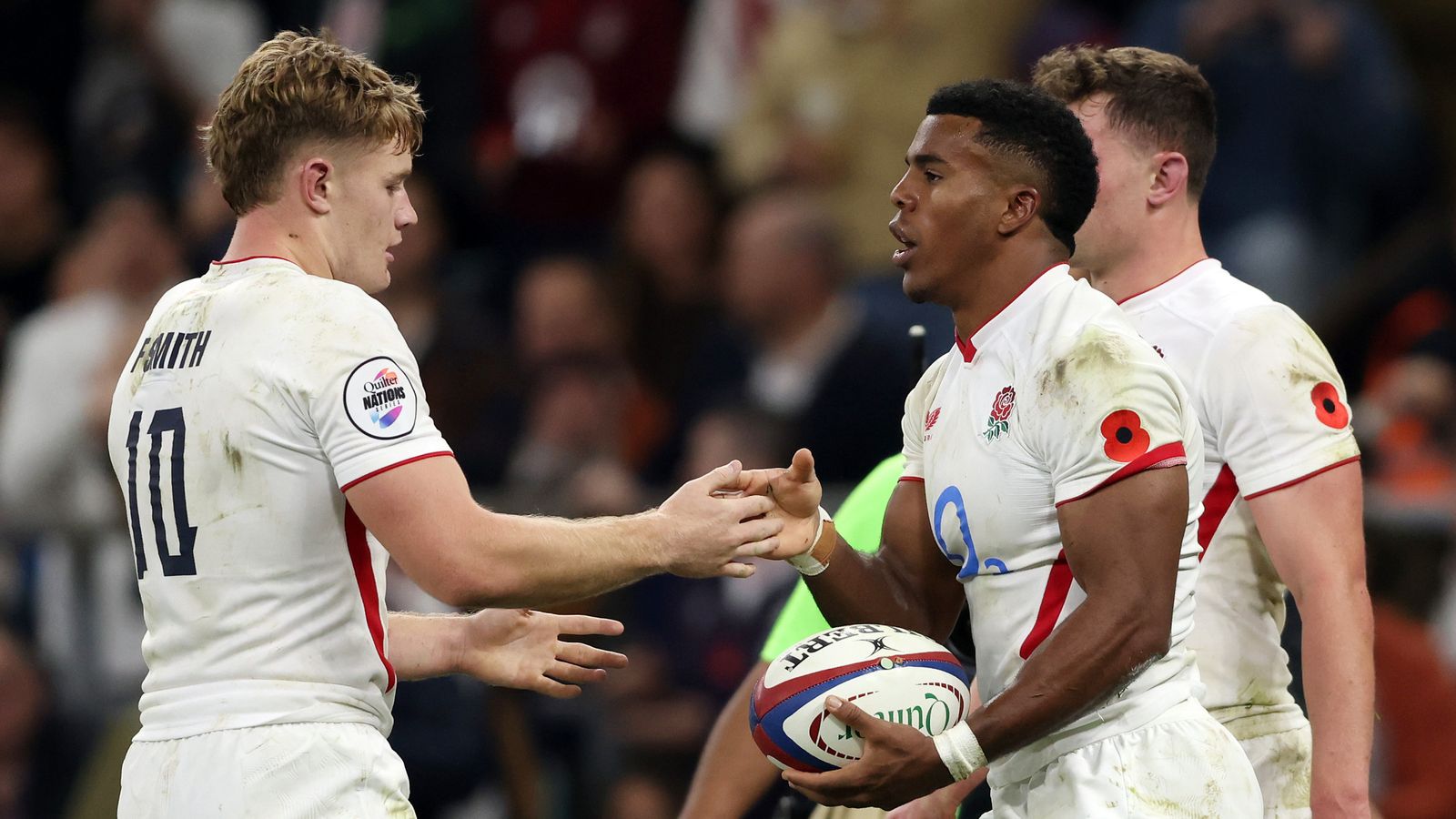Real Madrid set to present a mammoth €1.25 billion budget for the 2025/26 season

At a time when most football clubs across the globe are spending millions on new players, Real Madrid have adopted a more prudent strategy.Indeed, fiscal prudence has been the core of Real Madrid’s strategy, with the club usually avoiding spending big transfer money on one player, especially after the mistake of Eden Hazard in 2019.However, this hasn’t stopped the club from operating on a big budget, with salaries and amortisation forming a chunk of it.Real Madrid set to present budget for 2025/26 seasonAs reported by Diario SPORT, Real Madrid will present its biggest ever budget in just a few weeks, projecting a total turnover of €1.248 billion for the 2025-2026 season.This record figure represents a 5.4% year-on-year increase. A primary driver for this growth is the new Santiago Bernabeu stadium, which is expected to generate €402.5 million this season alone (a 23% increase).The sales will be largely driven by the sale of long-term VIP seats. The club also expects a 31% increase in stadium tour visits.In addition to stadium revenue, the club expect to make more than €60 million in extraordinary income through the sales and variable payments for players from La Fabrica.However, this record income is being matched by record spending. The club’s total wage bill, which includes both salaries and the amortization of signings, will skyrocket to €623.5 million, a 15% increase from last season.Of that figure, €468 million is earmarked for sports salaries, the highest figure in the club’s history. The amortization of signings is also increasing dramatically, rising 34% to €155.6 million for the current season.While men’s football will contribute 97% of the ordinary income, the basketball section is projected to suffer its biggest financial losses in history, at €38 million.According to a report from Defensa Central, Real Madrid manager Xabi Alonso has already identified his solution to the absence of Aurelien Tchouameni, who is set to miss around three weeks with a muscle injury.The manager plans to rely on Eduardo Camavinga to fill the void in midfield, trusting the young Frenchman to anchor the team until Tchouameni’s return.Tchouameni’s injury comes as a major setback for Madrid. The midfielder has been a vital part of Alonso’s system, providing defensive balance, strength in duels, and dominance in the air.In recent months, his form has surged, establishing him as one of the first names on the teamsheet.Alonso is calmDespite his absence, Alonso appears calm and confident in his contingency plan. He views Camavinga as the most natural replacement, not identical in style, but equally effective in a different way.The Frenchman’s game is more dynamic and unpredictable. He may not hold his position as rigidly as Tchouameni, but his energy, speed, and ability to carry the ball forward give Madrid a different dimension.As Defensa Central points out, Alonso believes this is the least disruptive solution, opting for a like-for-like change rather than a full tactical reshuffle.There are more alternativesInterestingly, Real Madrid’s midfield depth is such that the manager also has alternative options in mind.Dani Ceballos could step into midfield if needed, while Jude Bellingham and Arda Guler could be positioned slightly deeper to maintain control in possession.If Trent Alexander-Arnold starts, Federico Valverde could also move back into a central role to add balance.The upcoming fixture against Rayo Vallecano is expected to be another test of the team’s depth, but given Madrid’s current rhythm, few doubt their ability to come through it comfortably.









